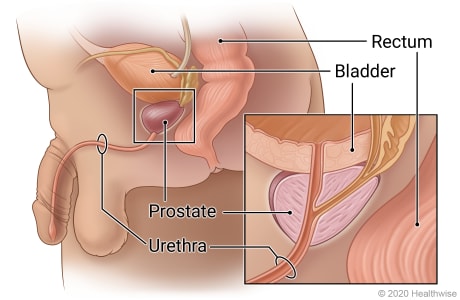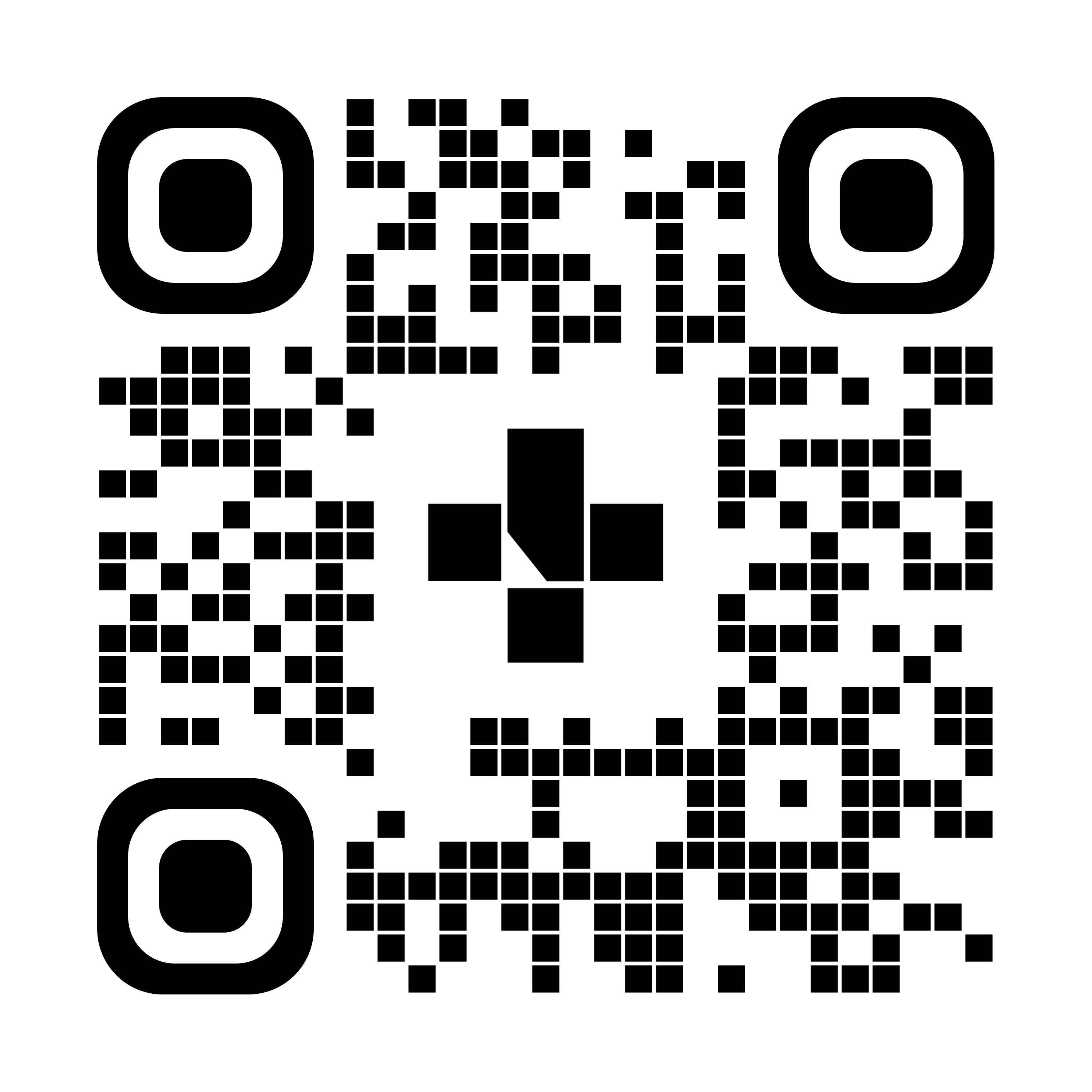Prostate Artery Embolization
What to expect at home

Prostate artery embolization is a procedure done to shrink the size of the prostate. This helps reduce lower urinary tract symptoms like:
- Urinary urgency (a strong feeling that you need to pass your urine).
- Frequency (feeling like you need to pass your urine often, sometimes even right after you’ve finished).
- Waking up several times during the night to pass your urine.
- Straining to pass your urine or having a hard time stopping the stream of urine.
Your doctor will put a thin flexible tube (catheter) into a blood vessel in your upper thigh or wrist. The doctor then puts a solution through the catheter to reduce blood flow to your prostate.
You may experience increased urinary frequency, urgency, straining to pass your urine, blood in your urine or semen, burning sensation when passing urine, or pelvic pain or discomfort. These symptoms will get better over a few days up to 2 weeks after your procedure.
You may feel tired, have a low-grade fever, or generally feel unwell. This can be related to your procedure and will get better over the next few days after your procedure.
This care sheet gives you a general idea about how long it will take for you to recover. But each person recovers at a different pace. Follow the steps below to get better as quickly as possible.
How can you care for yourself at home?
Activity
- Rest when you feel tired. Getting enough rest will help you recover.
- For the first 24 hours after your procedure do not drive or operate heavy equipment. You can walk around the house, climb stairs, and do light activity like cooking.
- Try to walk each day. Start walking a little more than the day before. Walking helps prevent pneumonia and constipation. If you feel unsteady, have someone walk with you.
- Do not do strenuous exercise or hard activity for at least 2 weeks.
- If your procedure catheter was placed in your groin do not lift any heavy objects (more than 4.5kg or 10lb) for 1 week after your procedure.
- If the catheter was placed in your arm:
- Do not lift any heavy objects (more than 2.5kg or 5lb) for 3 days after your procedure.
- Do not bend your wrist deeply.
- Be careful when using your wrist and hand when you get into and out of a chair or bed.
- Avoid having your blood pressure checked or an intravenous (I.V.) started on the arm used during the procedure for 24 hours.
Diet
- You can eat your normal diet. If your stomach is upset, try bland, low-fat foods like plain rice, broiled chicken, toast, and yogurt.
- Drink plenty of fluids.
- You may notice your bowel movements are not regular after your procedure. You may take a fiber supplement or an over-the-counter stool softener.
Medicines
- Your doctor will tell you when you can restart your medicines. You will also get instructions about taking new medicines.
- If you stopped taking aspirin or some other blood thinner, your doctor will tell you when to start taking it again.
- Be safe with medicines. Take pain medicines exactly as directed.
- If the doctor gave you a prescription medicine for pain, take it as prescribed.
- If you are not taking a prescription pain medicine, ask your doctor or pharmacist if you can take an over-the-counter medicine.
- If you think your pain medicine is making you sick to your stomach:
- Take your medicine after meals (unless your doctor tells you not to).
- Ask your doctor for a different pain medicine.
- If your doctor prescribed antibiotics, take them as directed. Do not stop taking them just because you feel better. You need to take the full course of antibiotics.
Care of the puncture site
- You will have a dressing or bandage over the incision (the cut the doctor made). A dressing helps the incision heal and protects it.
- You may have a closure device to help seal the incision. This will help reduce your time on bedrest after the procedure.
- After 24 hours, if your doctor says it is okay, you may remove the dressing and take a shower. Pat the incision dry. Avoid creams, lotions, and ointments on the procedure site. Put on a new dressing every day until the incision is healed.
- Do not soak the incision in a bath, hot tub, or swimming pool until it is completely healed (no longer has a scab).
- Keep the procedure site clean and watch for bleeding. A small amount of blood (up to the size of a quarter) on the bandage can be normal.
Follow-up care is a key part of your treatment and safety. Be sure to make and go to all appointments and call your doctor or nurse advice line (811 in most provinces and territories) if you are having problems. It is also a good idea to know your test results and keep a list of the medicines you take.
When should you call for help?
If you start bleeding or have a fast-growing lump at your procedure site, call 911 and do the following:
- Lie down and call for help (family or friend).
- Apply pressure using your fingers or fist at the procedure site. Hold this pressure for 20 minutes.
- If the bleeding stops—lie still and keep flat until emergency help arrives.
- If the bleeding does not stop—keep firm pressure to the procedure site until emergency help arrives.
Call 911 anytime you think you may need emergency care. For example, call if:
- You passed out (lost consciousness).
- You have chest pain, are short of breath, or cough up blood.
- You have a fast-growing, painful lump at the catheter site.
Call your doctor or nurse advice line now or seek immediate medical care if:
- You have a large amount of blood in your urine, or blood clots.
- You are unable to pass your urine.
- You are sick to your stomach or cannot drink fluids.
- You have signs of infection, such as:
- Increased pain, swelling, warmth, or redness at your procedure site.
- A fever.
- You have signs of a blood clot in your leg (called a deep vein thrombosis), such as:
- Pain in your calf, back of the knee, thigh, or groin.
- Redness and swelling in your leg or groin.
- You have pain that does not get better after you take pain medicine.
- You are bleeding from the area where the catheter was put in your blood vessel.
Watch closely for any changes in your health and be sure to contact your doctor or nurse advice line if you have any problems.
To see this information online and learn more, visit MyHealth.Alberta.ca/health/aftercareinformation/pages/conditions.aspx?hwid=custom.ab_prostate_artery_embolization_ac.

For 24/7 nurse advice and general health information call Health Link at 811.
Current as of: November 19, 2024
Author: Diagnostic Imaging, Alberta Health Services
This material is not a substitute for the advice of a qualified health professional. This material is intended for general information only and is provided on an "as is", "where is" basis. Although reasonable efforts were made to confirm the accuracy of the information, Alberta Health Services does not make any representation or warranty, express, implied or statutory, as to the accuracy, reliability, completeness, applicability or fitness for a particular purpose of such information. Alberta Health Services expressly disclaims all liability for the use of these materials, and for any claims, actions, demands or suits arising from such use.
